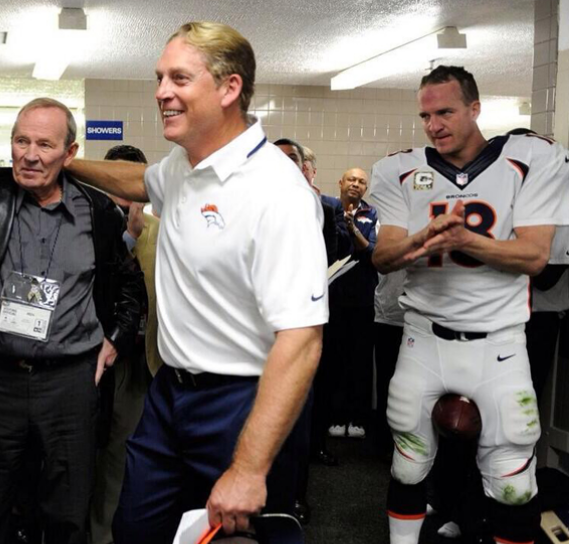“Understand that just as it is complicated to make things simple, it is simple to make things complicated as well.” – Anonymous
I was listening to Colin Cowherd’s ESPN radio show on Monday and he shared some interesting insights on the game plan that the Seahawks used to destroy the Broncos in the Super Bowl.
Cowherd interviewed a couple of the players and each stated that Coach Pete Carroll didn’t make any huge changes to their game plan going into the big game. In fact, Richard Sherman said that it was by far the team’s simplest game plan of the season.
Seattle is one of the youngest teams in the league so Carroll decided to keep things loose. Peter King described a practice he attended leading up to the game:
Carroll’s Seahawks practice to the constant and very loud drone of music, hip-hop and rap mostly. Early in the week, Carroll will sneak in a James Brown or Earth, Wind and Fire tune from his youth, or maybe Michael Jackson. But by Friday, it was mostly unrecognizable to this 56-year-old Springsteen and U2 fan. Luckily, I had Shazam, that app that allows you to hold up your phone when a song is playing, to learn what it is.
Among what was played, I’m guessing at about 90 decibels, for the entirety of Friday’s practice: “Fast Lane,” by Bad Meets Evil, “More Bounce to the Ounce,” by Zapp, “We Own It,” by 2 Chainz, “Last of a Dying Breed,” by Ludacris, “We Ready,” by Archie Eversole, “Ambitionz Az a Ridah,” by Tupac, and “Hold Me Back,” by Rick Ross.
Seattle kept it simple and tried not to overthink the biggest game of their lives (also, I love that they still listen to Tupac).
On the other hand, Peyton Manning and the Broncos used the two weeks of preparation to add in a bunch of new wrinkles to their strategy. They were almost over-prepared for the game by focusing on every single little detail.
Manning is one of the all-time greats with an unbelievable knowledge of the game. Cowherd acknowledged this on his radio show but made the point that Manning looked extremely tight especially once the Seattle players hit him a few times. He was rattled.
This would seem to follow the Mike Tyson logic that “Everyone has a plan until they get punched in the face.”
The problem with a complicated approach is that once you do get punched in the face, it’s very difficult to make the right choices. If you think you have every detail figured out in advance and things don’t go the way you planned, it’s easier to lose control and make mistakes.
Whether it’s sports, business or your investments, it’s not necessarily your actions that determine your success. It’s your reactions. How you react when things go wrong will ultimately determine your success.
It can be much harder to stay levelheaded when you fill your decisions with complexities.
As I showed last week (see Buffett’s Fourth Law of Motion), simple investment strategies often produce the best results from actual investors. This is because it’s much easier to control your behavior with a simple approach, even one that’s suboptimal from from a strategic point of view.
I subscribe to the theory that 99% of the time less is more and so does Pete Carroll (it also helps to have one of the greatest defenses of all-time).
In case you haven’t seen it yet, my favorite picture from the NFL this season is the Evil Manning. Bill Simmons has been running this in his weekly Grantland column since the start of the playoffs and it never gets old for me. Enjoy:
OK, I have now fulfilled my quota for sports analogies for the year and it’s only February.

